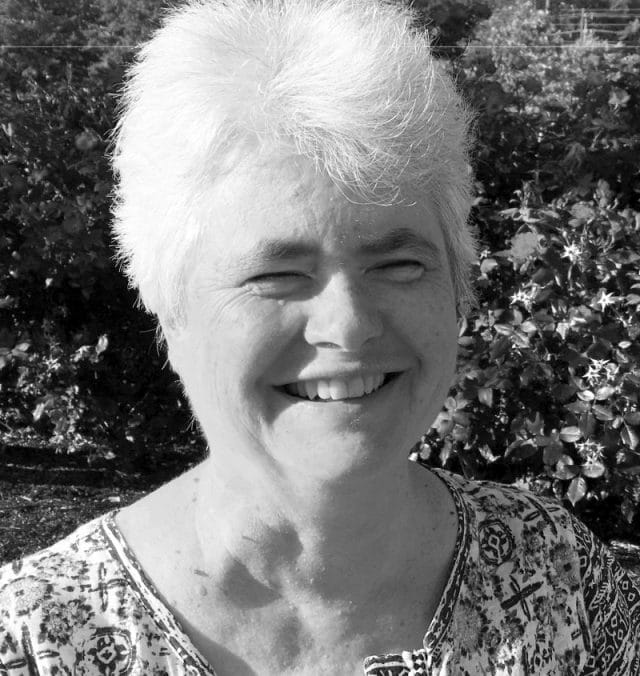
More Complementary Health Articles
The Path From Pain To Sustained Improvement
When you are in pain and go to someone for help, very often you receive a benefit in the moment. But does it last? And if it does not, what would make it last? This is a question that practitioners of the Feldenkrais method take seriously.
By way of introduction, here are a few quick facts about the Feldenkrais method:
It was created by Moshe Feldenkrais (rhymes with “rice”) who lived from 1904-1984.
It is a study of movement and patterns of movement.
It is good for everyone, but most people who seek it out are in pain.
It is highly adaptable and good for every fitness level.
It emphasizes self-awareness.
Movement sequences are often done slowly and gently.
It focuses on the human being’s greatest strength: the ability to learn.
Over the past 70 years the Feldenkrais method has helped many people to overcome injury and restriction and, thus, live fuller lives. It does so through these strategies:
1. Cultivate relaxation and use of minimal force. Would you, please, now, raise one arm to touch your forehead, and then lower your arm? How much force did you use? Very little, you naturally reply. In the ideal, this is how much force it takes to do any of the activities of daily life. When more force is needed, the place to look is in the coordination, and mis-coordination, of the parts of the body.
2. Cultivate coordination between the torso and limbs. A well-muscled arm looks good and feels good, but its efficacy does not come from itself alone. Its strength comes from the coordination with the rest of the body, and, in our gravity-bound world, with the connection to the earth. Thus, the way to improve the arm, or any part, is to clarify the connections through the torso and into the ground.
3. Search for self-awareness: What is it that I am doing now? To get relief from pain, it is necessary to pay attention, among other things, to what makes the pain worse and better, to the effects of emotional strain, and to the small differences that lead you along the downward or upward path.
By following these three steps, many students of the Feldenkrais method have gained sustained improvement – and you can, too.

















